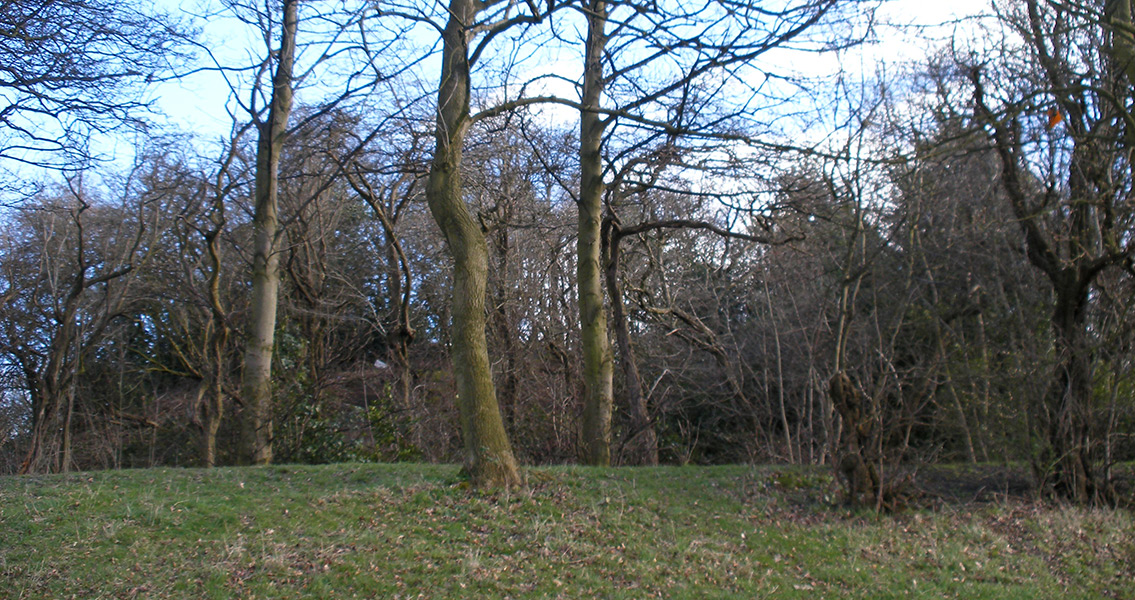<![CDATA[The remains of a castle dating to the Norman era have been discovered in the center of a city park in West Yorkshire, England. Thornes Park, located in Wakefield, was at one point thought to be the site of a siege encampment that had been used to attack nearby Sandal Castle. However, after a new investigation into the earthworks and timber remains found at Lowe Hill, archaeologists have found evidence that the site could have instead been an early Norman castle in its own right. The joint project, which was funded in part by the Heritage Lottery Fund and involved collaboration between the West Yorkshire Archaeology Advisory Service and the Friends of Clarence, Holmfield and Thornes Parks (CHat), used geophysical surveying techniques that captured images of subterranean features at Lowe Hill without actually involving any physical excavation work. CHaT chairman Ian Deighton said that the find was nearly unbelievable, remarking in an interview with the Wakefield Express that “most casual visitors to the park and local residents may not be aware that the partially wooded summit of Lowe Hill contains the remains of an earth and timber castle that is thought to date from the twelfth century.” The imaging revealed four distinct pit-like constructions within the castle’s inner bailey. These pits might have been used to dispose of refuse or detritus, which suggests that the site could have been occupied for an extended period of time and not simply used as a fortified, short-term base of operations for an attacking force. This could easily upend the theory that the Lowe Hill site was erected during a siege of Sandal Castle that didn’t make it into the history books, Deighton added. Sandal Castle itself can be traced back to the early years of the Norman era. While it was originally constructed of timber and earthworks as a traditional motte and bailey sometime in the early twelfth century by the 2nd Earl of Surrey, William de Warenne, the castle was rebuilt in stone around a century later by Hamelin de Warenne, the 5th Earl of Surrey. While the archaeological study into the ruins of Lowe Hill is still in its initial stages, the fact that the castle was never rebuilt in stone like nearby Sandal Castle could indicate that it either fell to a siege itself or was otherwise abandoned a moderate amount of time after its construction. Ostensibly this led to the castle being forgotten while Sandal, its close neighbor, maintained its place in history for several centuries afterwards – including hosting Richard III shortly before his defeat at the Battle of Bosworth Field. The site of the ruined castle has become popular within the area, as several community groups have since visited to tour the site. School groups are also scheduled to visit the site as well throughout at least the end of June to meet the on-site archaeologists and learn about the hidden history of Thornes Park and its Norman-era castle. Image courtesy of Wikimedia Commons user: J3Mrs (talk) ]]>
Remains of Norman Castle Discovered in City Park
